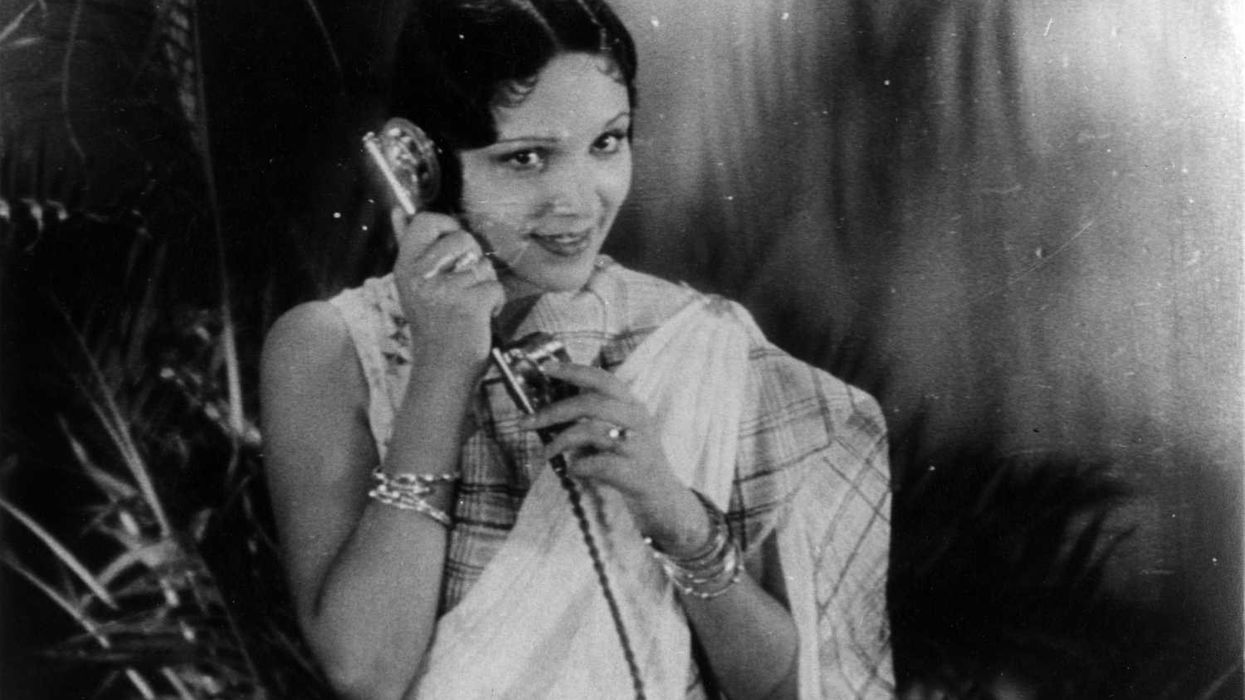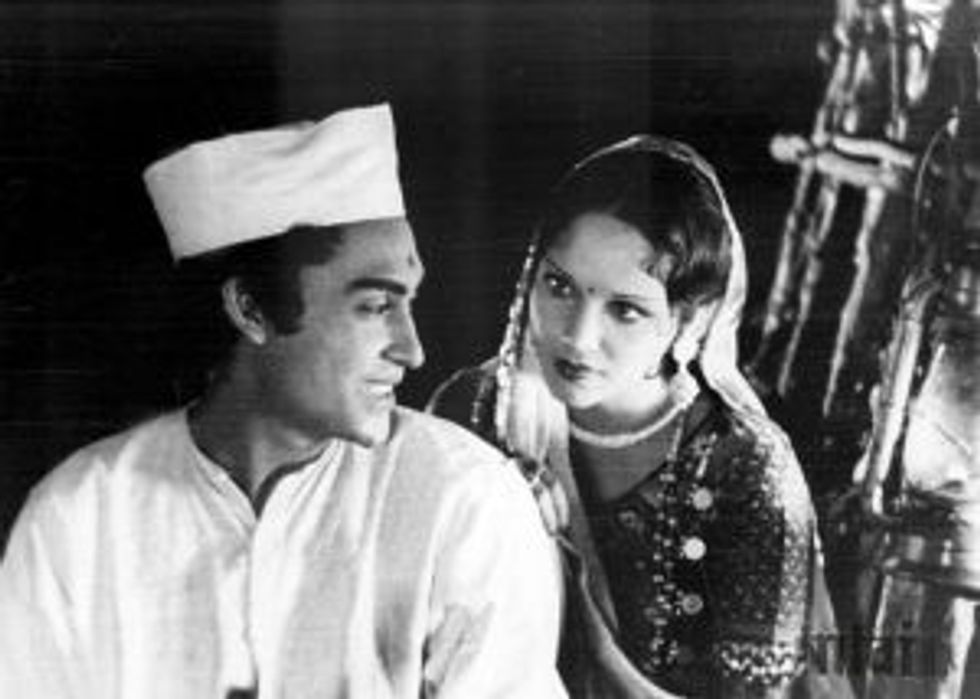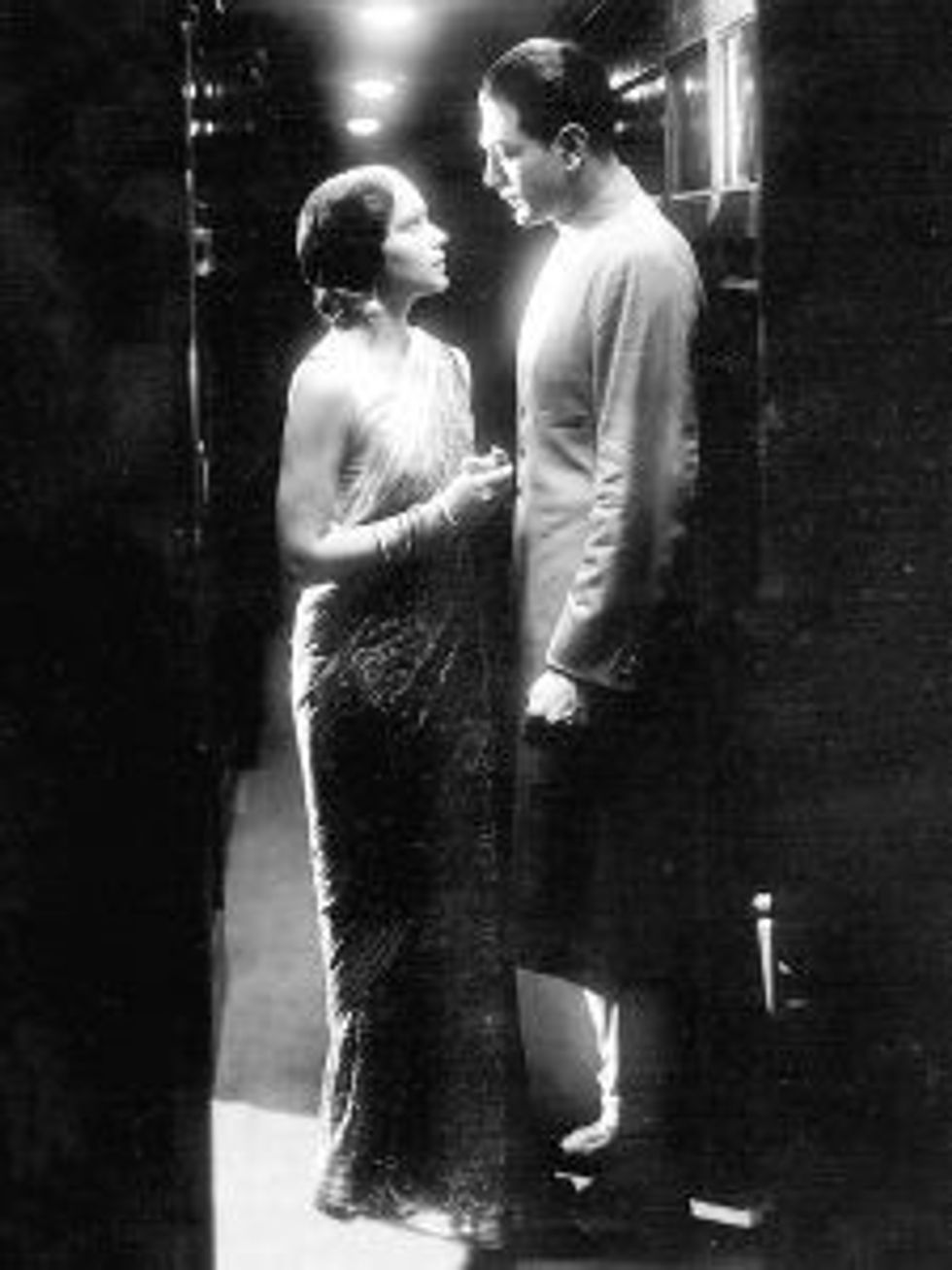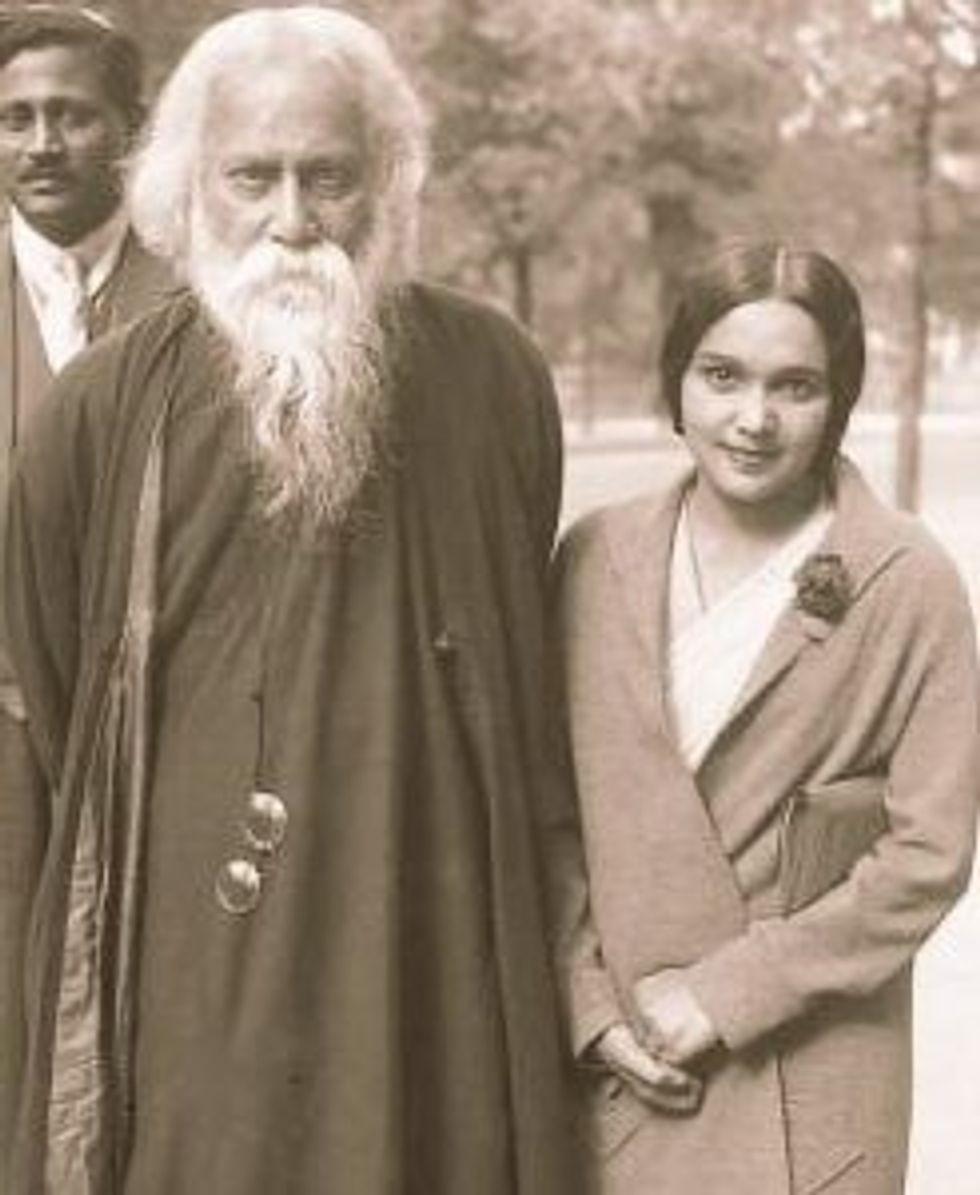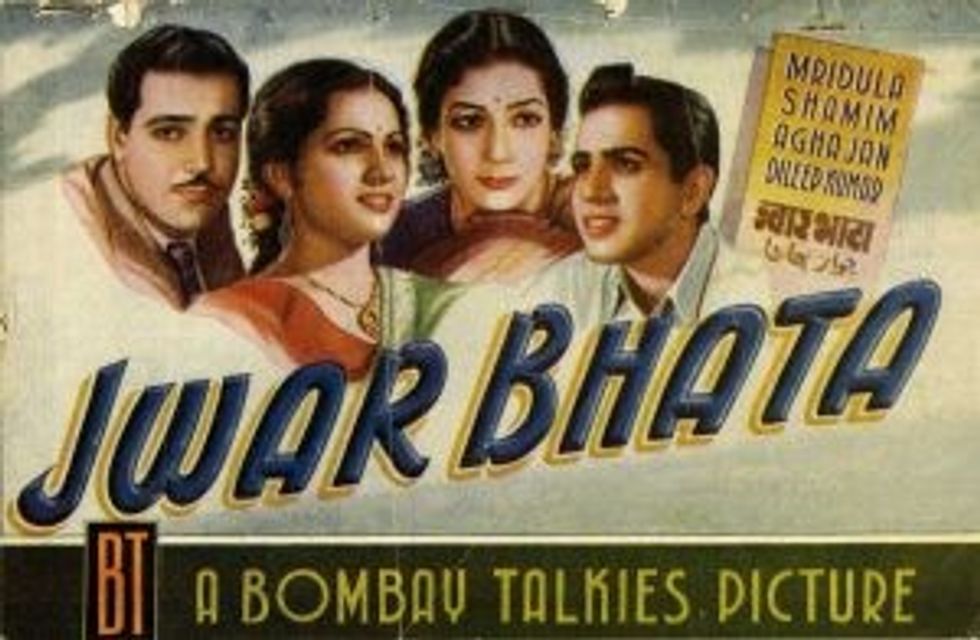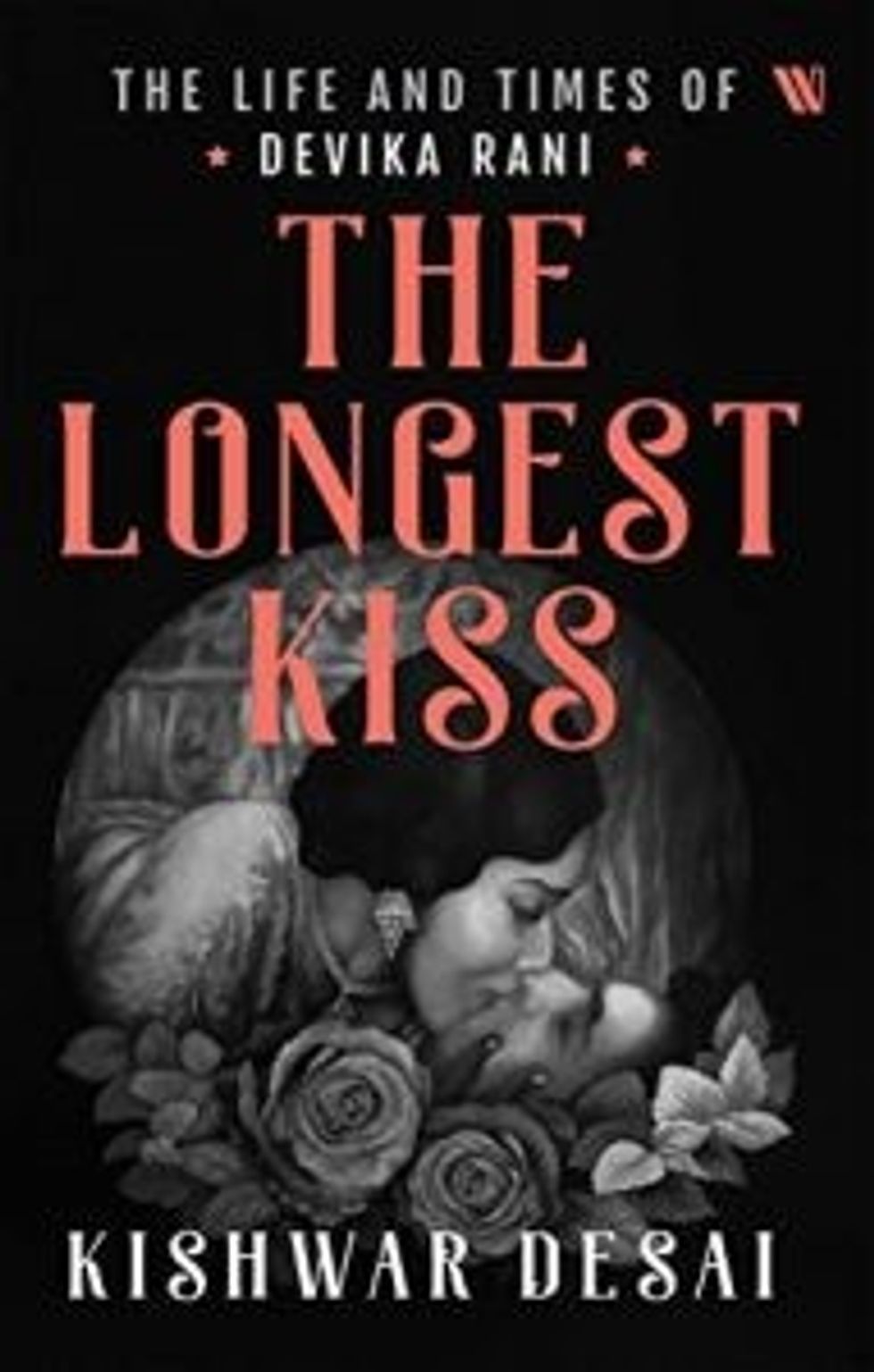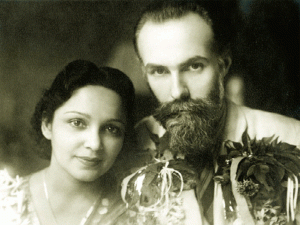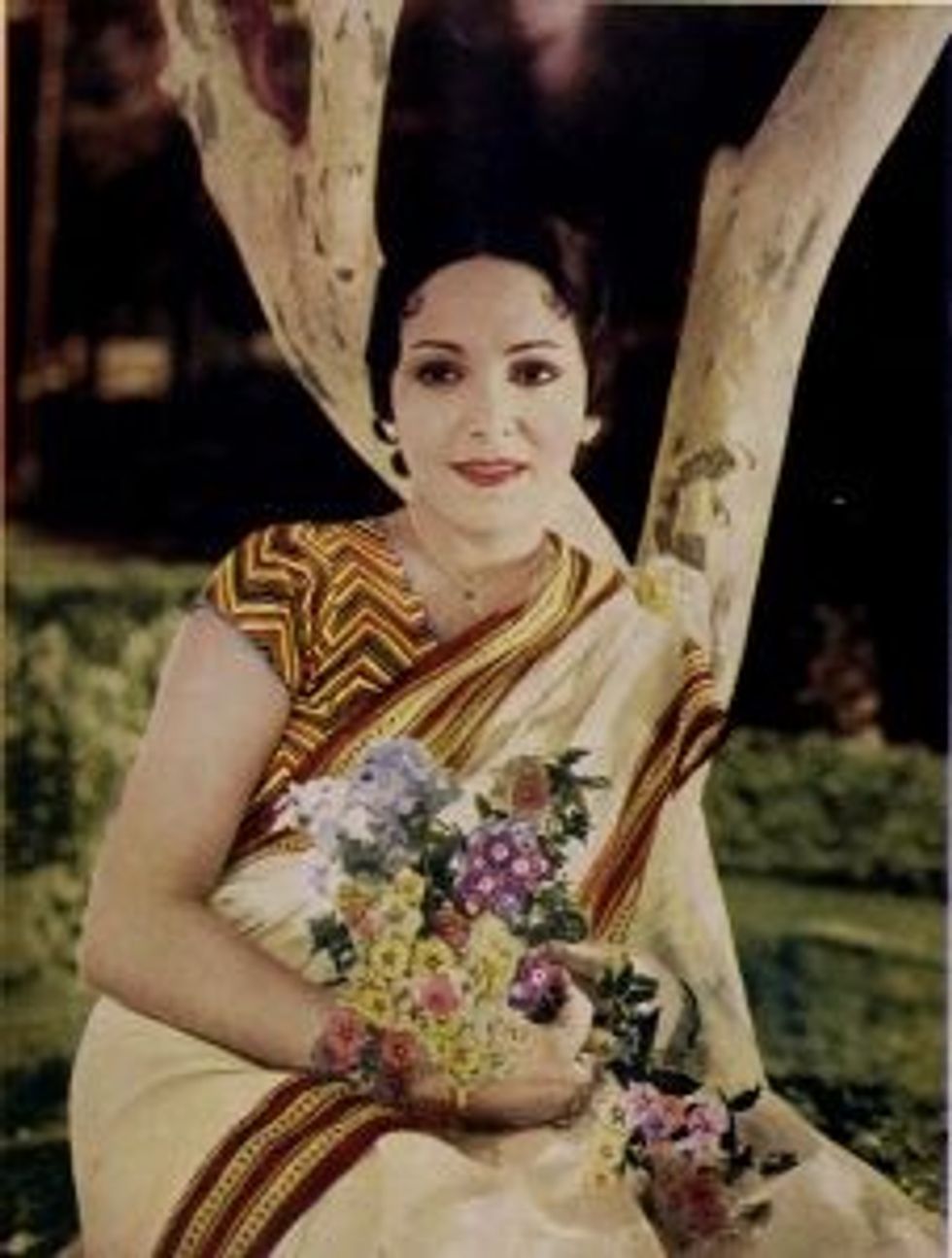ANNIVERSARY SPECIAL CELEBRATING THE INSPIRING CAREER OF A BOLD BOLLYWOOD LEGEND
by ASJAD NAZIR
DEVIKA RANI is perhaps the most important leading lady in Bollywood history.
The pioneering superstar ruled the first decade of talkies, discovered new talent, including the industry’s greatest actor Dilip Kumar and inspired those who followed in her giant footsteps.
Affectionately known as the first lady of Indian cinema, she took on the patriarchy, ran a movie studio, was unapologetic, introduced girl power into Bollywood, tackled taboo subjects on-screen and broke box office records.
A sign of her significance is the fact she was the first recipient of Indian cinema’s highest honour, the Dadasaheb Phalke award.
To mark her birth (9) and death anniversary (30) in March, Eastern Eye presents an all you need to know A to Z about the all-conquering actress.
A is for Andhra Pradesh: The daughter of an army colonel, the actress was born Devika Rani Choudhary in Waltair in present-day Andhra Pradesh, into an affluent and educated Bengali family.
B is for Bombay Talkies: The actress co-founded legendary film studio Bombay Talkies with her husband Himanshu Rai (see H) in 1934. The game-changing studio would produce influential classics, which would break records, introduce new filmmaking techniques and launch stars, who would become legends. When her husband passed away in 1940, she became the first female to head a major film studio. She would give future icon Madhubala her first role as a child star in Basant (1942), discover Dilip Kumar (see D) and produce record-breaking films.
C is for Caste system: Devika was the first major Bollywood star to tackle important social issues in films and the most famous was in Achhut Kanya (1936). The first Bollywood film to challenge the caste system in India revolved around the love story between an untouchable girl and a Brahmin boy. Having been brought up in an upper-class household, she sent out a powerful message by portraying an untouchable on-screen in the landmark Hindi movie.
D is for Dadasaheb Phalke award: She became the first recipient of the Dadasaheb Phalke Award in 1969, which is India’s highest cinematic honour.
E is for Elopement: The married actress was involved in Bollywood’s first major scandal when she eloped with her Jeevan Naiya (1936) co-star Najamul-Hassan. As it was almost impossible for women to get a divorce, she returned to husband Himanshu Rai on her own terms, which meant having full control over her finances and career. Najam-ul-Hassan was replaced in the film by a shy lab technician named Ashok Kumar, who reluctantly agreed to act and took the first step towards an extraordinary superstar-making movie career.
F is for Family: Devika had a lot of distinguished family members and the most famous was legendary writer and Nobel laureate Rabindranath Tagore, who was her great-grand uncle.
G is for Germany: The actress had a strong connection to Germany, which started with her learning filmmaking in Berlin. German Franz Osten directed many of her classic films like Jawani Ki Hawa (1935), Achhut Kanya (1936), Jeevan Naiya (1936), Izzat (1937), Jeevan Prabhat (1937) and Savitri (1937).
H is for Himanshu Rai: Devika met the barrister turned filmmaker in 1928 when he was in London getting ready to shoot silent classic Throw Of Dice (1929) and hired her as part of the production team. They married shortly after the film released and would form a formidable cinematic partnership.
I is for International: Devika was the first to take Indian cinema global, with her films being appreciated throughout the world. She was also invited by the BBC to enact a role in their first ever television broadcast in Britain in 1933 and inaugurated the company’s first short-wave radio transmission to India.
J is for Jwar Bhata: Devika hired a struggling newcomer named Mohammed Yusuf Khan to work at Bombay Talkies when she became head of the studio. She later rechristened him Dilip Kumar and launched him as an actor in Jwar Bhata (1944). He would go on to become Bollywood’s most admired actor in history.
K if for Karma: Devika made her acting debut opposite her husband Himanshu Rai in Karma (1933), which was made simultaneously in English and Hindi. The hit India, Germany and UK co-production was the first English language talkie made by an Indian studio.
L is for Legacy: Although she was influenced by Marlene Dietrich, her natural acting style was compared to Greta Garbo. The Indian Garbo had more firsts than any leading lady in history and in doing so smashed glass ceilings. Her fearless approach empowered women and introduced girl power to Indian cinema.
M is for Music: Stars in the first decade of talkies needed to be able to sing live, which led to her getting path-breaking musical achievements. This included singing a bilingual number in Karma, thought to be Bollywood’s first English language song.
N is for Notes: The actress kept a meticulous record of studio documents and letters. Some 4,000 of these personal documents were the basis of a meticulously researched 450-page book The Longest Kiss: The Life and Times of Devika Rani by Kishwar Desai, which gives a fascinating insight into the star.
O is for Omission: The actress did a lot of behind-the-scenes to help build Bombay Talkies, like pawning jewellery, creating costumes, art department work and co-writing screenplays, but didn’t get credited. Her husband, whom she alleged had domestically abused her, took full credit for a lot of the work that she did.
P is for Perfect pairing: Devika did her best work with actor Ashok Kumar and the two would become a golden on-screen pair. Their huge number of hits included Achhut Kanya (1936), Jeevan Naiya (1936), Izzat (1937) and Nirmala (1938).
Q is for Queen: The actress was the undisputed queen of Bollywood in the first decade of talkies and the highest paid leading lady.
R is for Russia: After retiring from films, the widowed actress married Russian painter Svetoslav Roerich in 1945. They would settle down in Bangalore on a large 450-acre estate.
S is for State honours: Devika died of bronchitis on March 9, 1994, a year after her husband passed away, aged 85, and received full state honours. She had remained childless, so there was a large legal battle with various parties laying claim to the multi-million estate.
T is for Trolling: Acting in daring films that challenged society, remarrying and doing scenes conservatives considered disrespectful, resulted in her getting hate mail and death threats. That didn’t stop her from being fearless.
U is for UK: Devika was sent to boarding school in England at the age of nine and grew up in the country. She later enrolled into the Royal Academy of Dramatic Arts and the Royal Academy of Music in London. She also enrolled for courses in architecture, décor design and textiles.
V is for Visionary: Whether it was discovering new talent, acting in path-breaking subjects and green-lighting blockbusters, Devika was a visionary. This is perfectly illustrated by her being the first to back Mughal-e-Azam and young director K Asif in the early 1940s. The studio power struggle didn’t enable her to make the movie, which would become the greatest in Bollywood history when it finally released in 1960.
W is for War: When Devika Rani took over Bombay Talkies she met fierce resistance despite delivering Kismat (1943), which became the highest grossing Indian film of all time. Legendary producer Sashadhar Mukherjee had started his career at Bombay Talkies and attempted to seize control along with other men working there. Devika held on to power, but the battle started the downfall of the studio.
X is for X-rated: Devika Rani’s debut Karma featured in the longest kiss in Bollywood history. Shortly afterwards, kisses would be banned from Bollywood for many decades.
Y is for Young: The Indian icon was only in her thirties when she quit Bollywood and made her last on-screen appearance in Hamari Baat (1943), aged 35. Due to the lack of support for a female studio head, she quit movies altogether a few years later.
Z is Zero regrets: Whether it was tackling taboo subjects, taking on male patriarchy, shattering the glass ceiling, remarrying, having relationships, taking a chance on newcomers and not bowing down to pressure, the actress, nicknamed dragon lady, did things on her own terms. This turned her into a pioneer, legend and icon.
